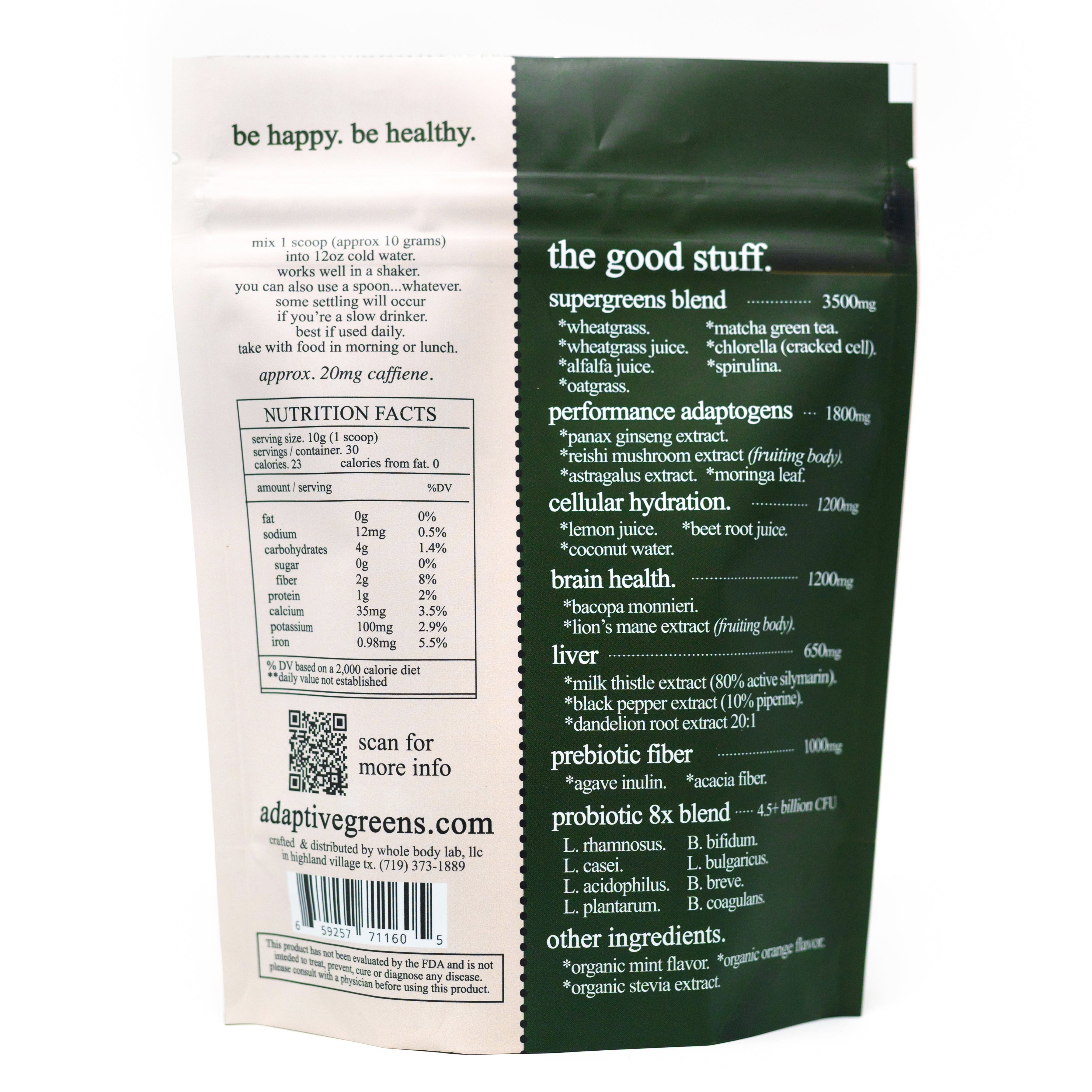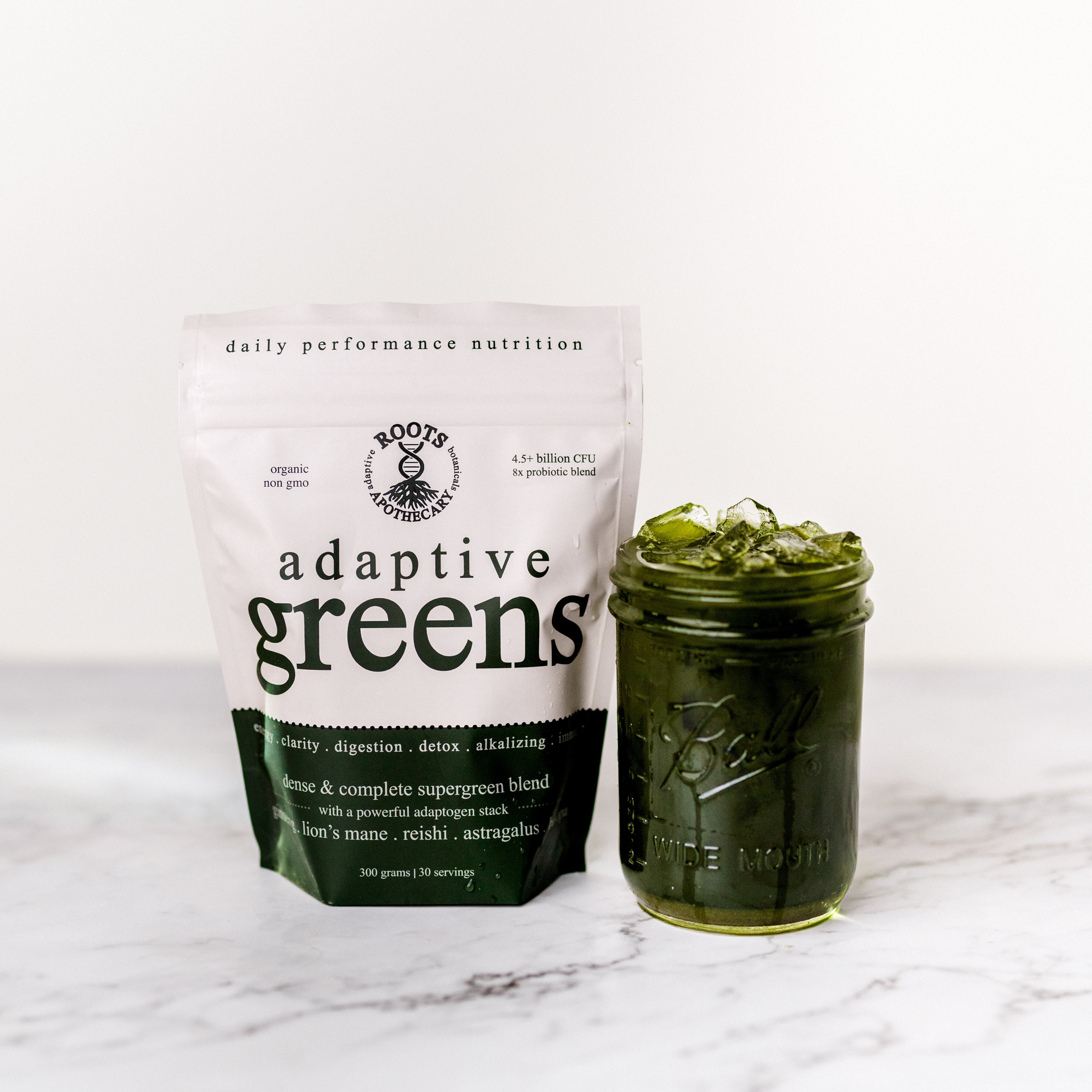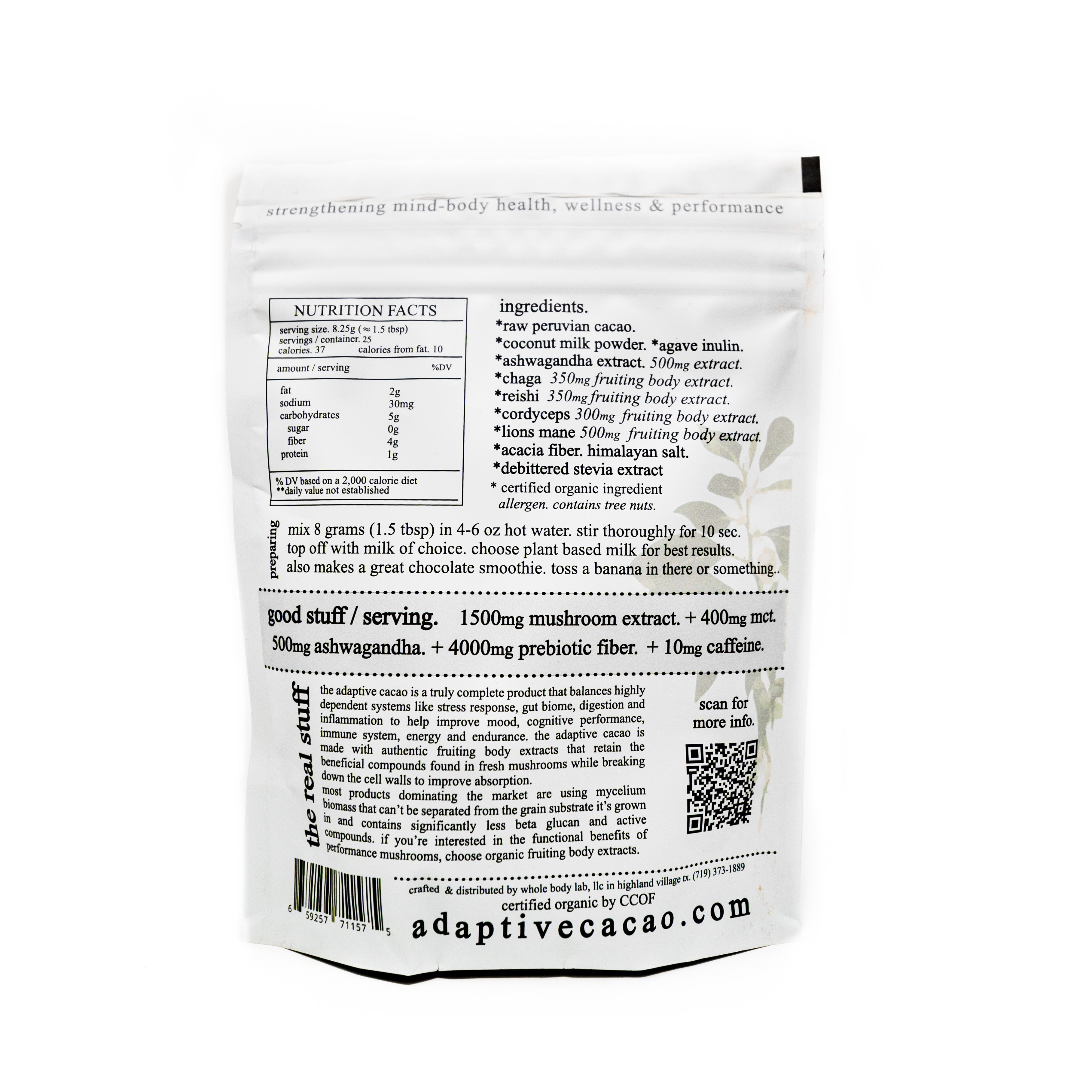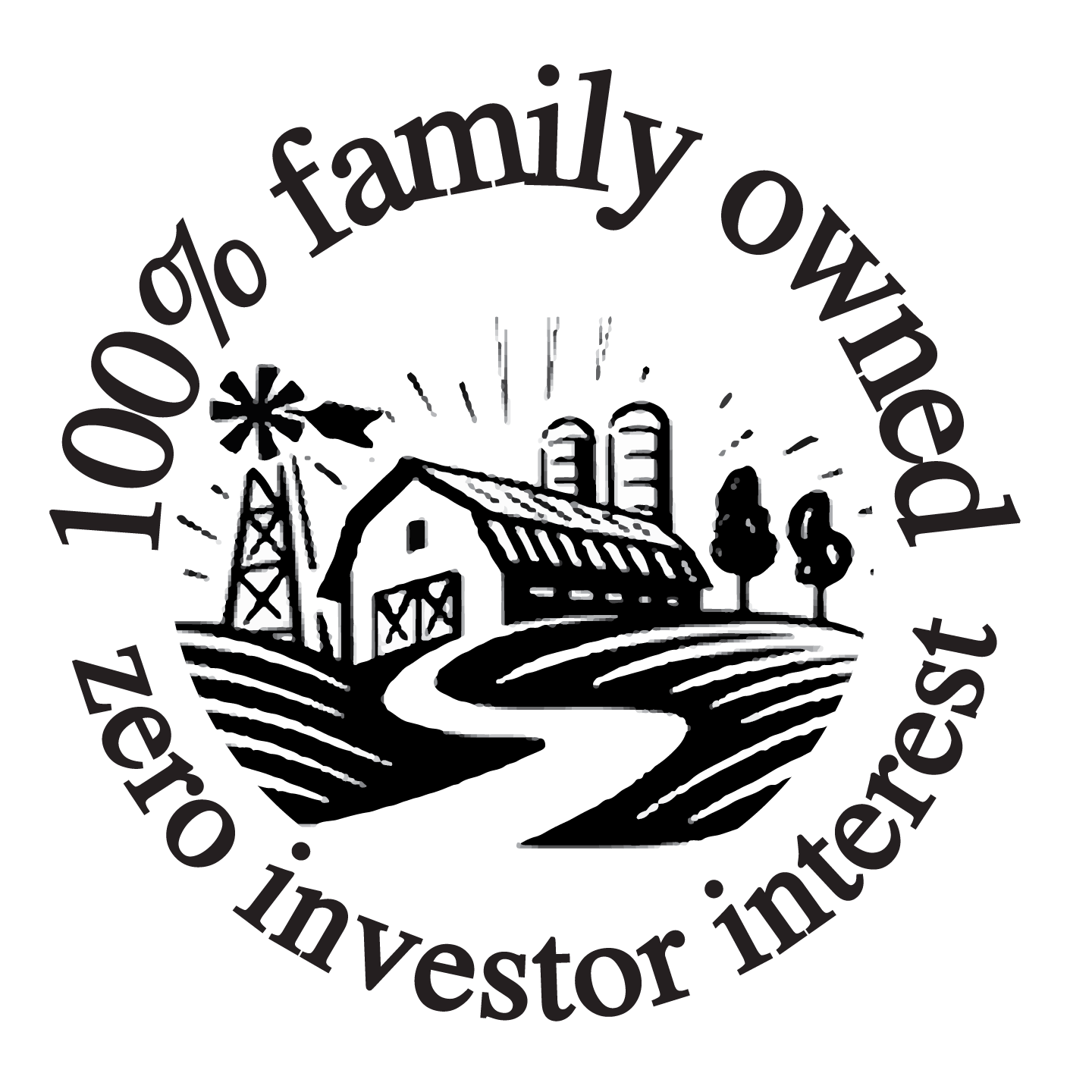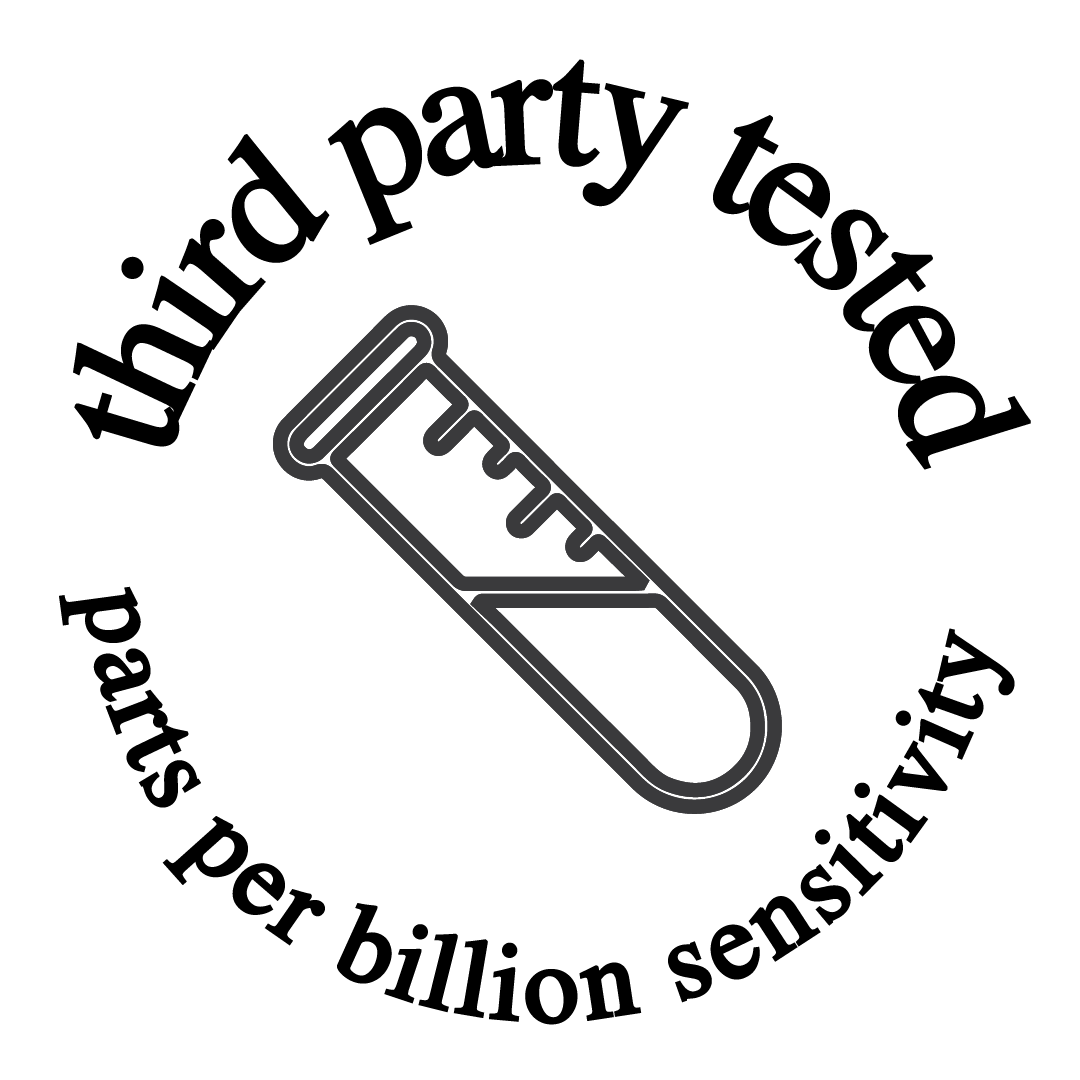adaptogens are becoming more popular as the importance of nervous system health and stress resilience is increasingly recognized across all areas of health, wellness and performance. our products deliver serving sizes of adaptogens that are well into the therapeutic range. as adaptogen popularity continues to grow, more products will start to put adaptogens on their label for marketing buzz without delivering powerful serving sizes of quality extracts or even using real adaptogens at all. Roots Apothecary is built around a function-first mentality and ingredient decks that go far beyond the industry trend.
real stacked adaptogens & performance mushrooms
100% fruiting body mushroom extracts.
we understand the most reliable therapeutic potency comes from 100% fruiting body extracts. this is where you get the highest concentrations of beta-glucans that modulate immune and inflammatory response and active compounds like the published and famed erinacines and hericenones that give lion's mane its neuroprotective, neurotropic and neuroplastic properties.
if you want the highest and most consistent therapeutic potential, the fruiting body is the way to go.
>30% beta-d-glucan <5% starch | zero grain. zero filler. zero preservatives.
ADAPTIVE GREENS
the good stuff:
super greens blend. 3500mg
performance adaptogens. 1800mg
cellular hydration. 1200mg
prebiotic fiber. 1000mg
brain health. 1200mg
liver performance. 650mg
probiotic 8x blend. | 4.5 billion CFU
other stuff.
ADAPTIVE CACAO
in the bag.
*peruvian raw cacao. antioxidant & alkalizing
*coconut milk powder (mct). brain & cellular health
*reishi mushroom extract 1:1. ^fruiting body
*chaga mushroom extract 1:1. ^fruiting body
*cordyceps mushroom extract 1:1. ^fruiting body
*lions mane mushroom extract 1:1. ^fruiting body
*ashwagandha root extract. adaptogen
*agave inulin. prebiotic
*acacia fiber. prebiotic
authentic himalayan salt. trace mineral
*debittered stevia extract.
*certified organic ingredient.
good stuff / serving.
1500mg fruiting body mushroom extract / serving.
+ 350mg reishi.
+ 350mg chaga.
+ 300mg cordyceps.
+ 500mg lion's mane.
+ 500mg ashwagandha.
+ 3500mg prebiotic fiber.
+10mg caffeine / serving.
(coffee is typically 120mg caffeine)
+serving size. 8.25g (=1.5 tbsp)
+calories 37g calories from fat. 10
+fat 2g
+sodium 30mg
+carbohydrates 5g
+sugar 0g
+fiber 4g
+protein 1g
how we stack up.
BIG TAKEAWAY : when running comparisons to the most heavily marketed mushroom blends, it’s obvious there’s a need for more transparency on labels regarding mycelial biomass vs fruiting body and extract vs non-extract. these are very powerful factors in assessing therapeutic potential of a mushroom product. mycelial biomass is a cheap ingredient that doesn’t contain comparable beta-glucan content or active compounds that give mushrooms their therapeutic reputation (relative to 100% fruiting body). products that use mycelial biomass and non-extracted mushrooms are piggybacking on the reputation of fruiting body extracts (intentionally or unintentionally). they will still deliver some benefit, but will leave a lot of therapeutic potential behind when it comes to legitimate shifts in mind-body health. some brands put more resources into marketing efforts than optimizing quality and efficacy of ingredients and formulas. there are levels to this.
real mushroom / serving* : a red question mark next to mushroom milligramage means the product is using mycelial biomass which also contains grain substrate that can account for 25%-45% of the ingredient by weight (or more!!). this is problematic for assessing the therapeutic potential of a product. even though oat substrate can be considered as total mushroom content on the label, it is NOT mushroom at all, it’s just the oats that the mycelium grows on. for this reason, there is a question mark next to the total mushroom content / serving for brands using mycelial biomass in their mushroom blend.
^ MUD WATER: label claims 2240mg mushroom blend (which would be great), but this blend is based on mycelial biomass, which also contains oat substrate in unknown concentration. mycelial biomass is an unreliable source of mushroom potency. we applied a 25% reduction in claimed mushroom content to account for the likely minimum grain content included as “mushroom” ingredient.






